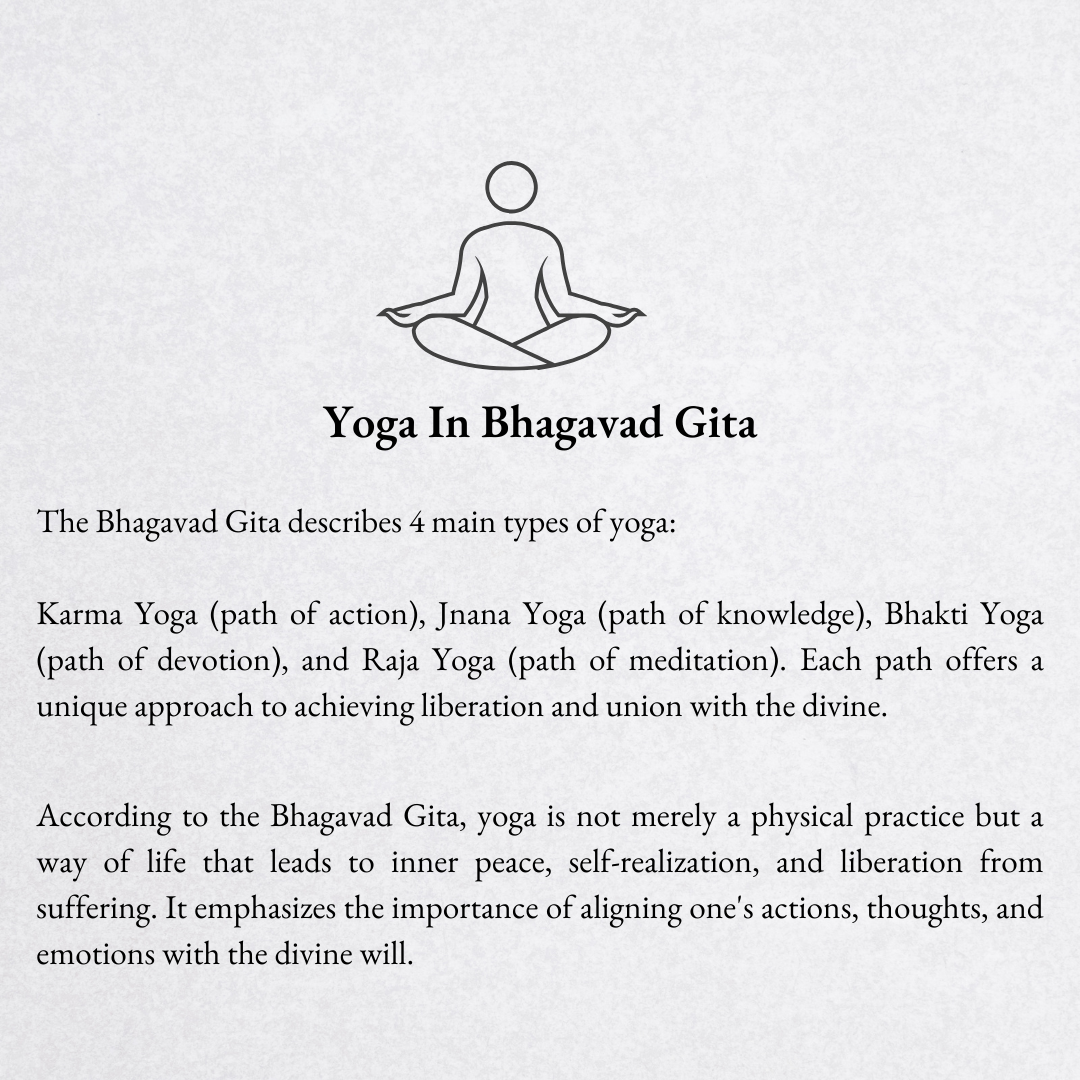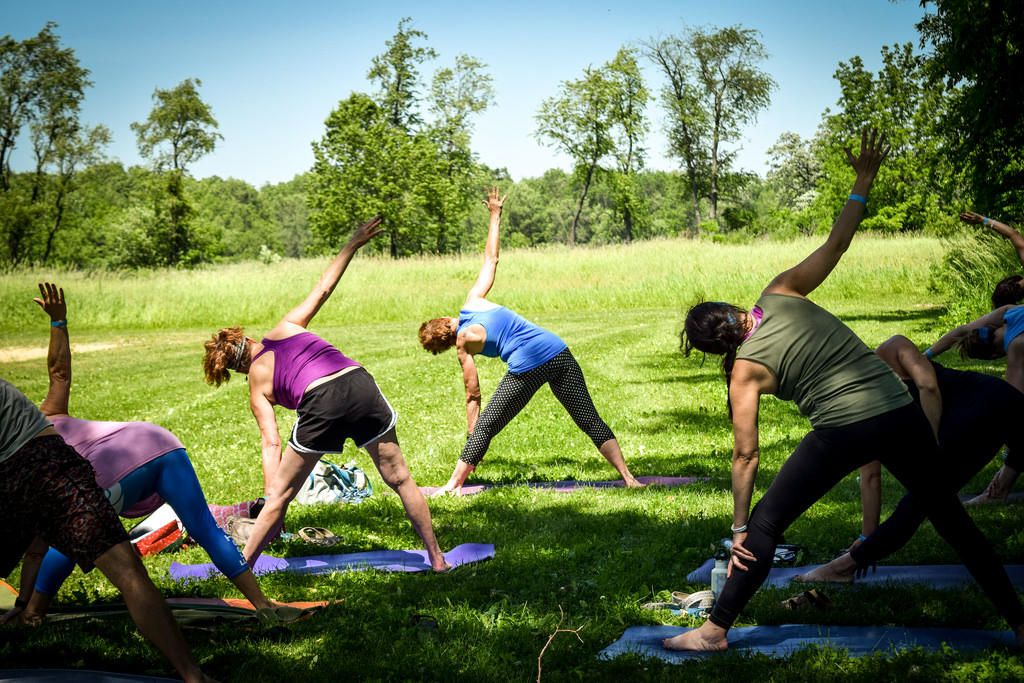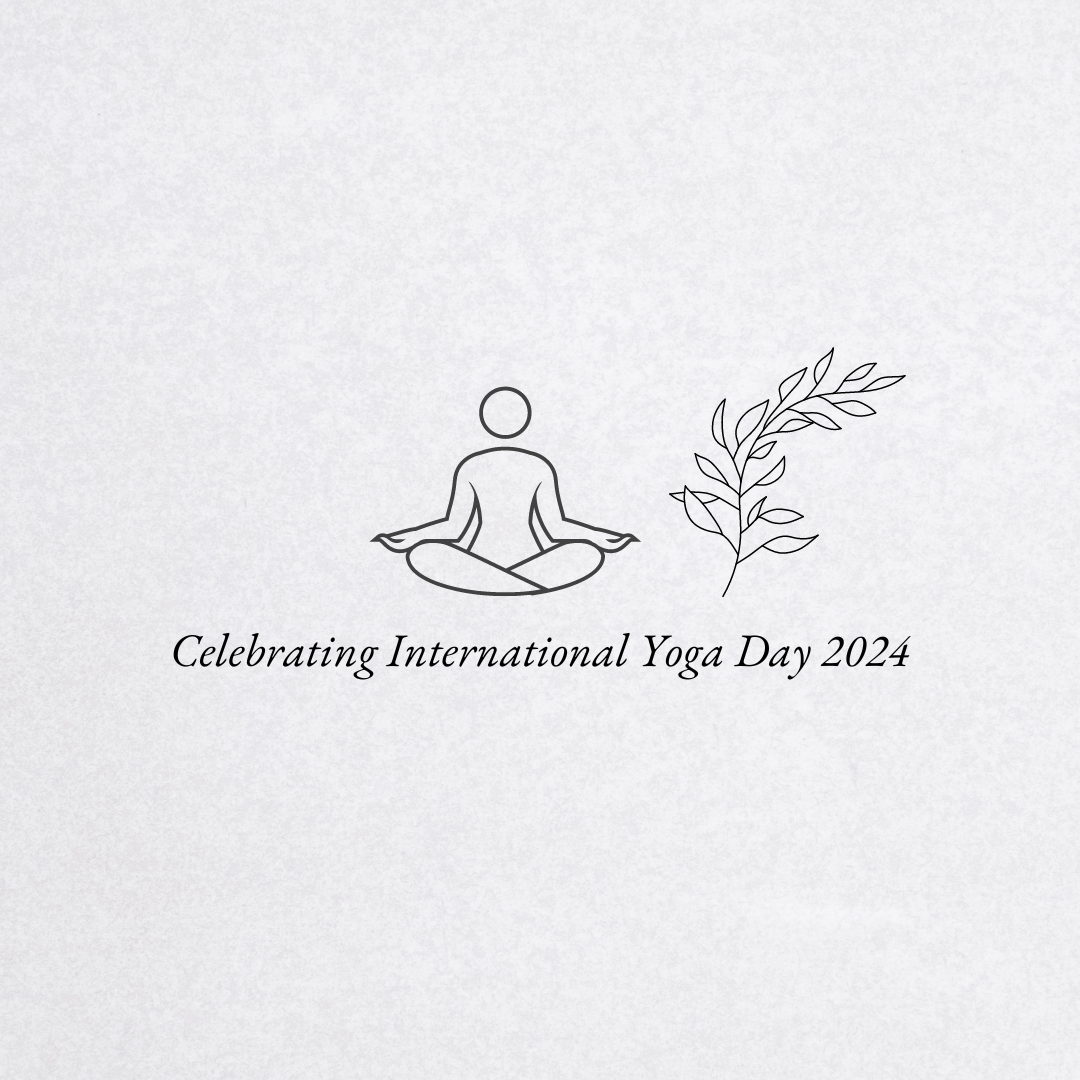In 2014, Indian Prime Minister Narendra Modi suggested the idea of a global day dedicated to yoga during his speech at the United Nations General Assembly.
He emphasized that yoga is a valuable part of India's ancient tradition and can contribute to promoting a healthier planet. He also highlighted that yoga is not just about physical exercise, but also a way to connect with oneself, the world, and nature.
The proposal received widespread support and on December 11, 2014, the United Nations General Assembly passed Resolution 69/131, officially declaring June 21 as International Yoga Day. The resolution urged all UN member states to annually observe International Yoga Day to raise awareness about the numerous benefits of yoga.
The first International Yoga Day took place on June 21, 2015, with events held in more than 190 countries. Since then, International Yoga Day has become an annual global celebration embraced by people worldwide.
Imagine this - you step into your first day at the nearby yoga class, or your yoga trainer shows up for the first time, something you have been so looking forward to. Is it exactly how you imagined yoga lessons to be like?
What is Yoga?
Yoga, a historic tradition with roots in India, includes aspects of physical, mental, and spiritual well-being. The word "yoga" is derived from Sanskrit and represents the merging of body and awareness, illustrating their balanced relationship.
Find private teachers for online yoga classes with the help of Superprof India. On Superprof, you can find 1000s of yoga teachers improving the lives of their students by introducing them to the practice of yoga and meditation.

International Yoga Day 2024
During his UN address in September 2014, India's Prime Minister Narendra Modi proposed the idea of observing an annual Day of Yoga on June 21, which holds special significance in various parts of the world as it marks the longest day of the year in the Northern Hemisphere.
The designated theme for International Yoga Day 2024 is "Empowering Women through Yoga". The aim of Yoga Mahotsav 2024 is to popularize Yoga as a global movement, with a particular focus on enhancing the well-being of women and contributing to global health and peace.
The Ministry has been actively backing research on different health issues that impact women, including PCOS/PCOD and stress management, in order to prioritize the health of women regardless of their age or situation. This effort is designed to advance women's empowerment through research that is based on evidence.
Yoga is a holistic tool for empowering women, addressing their physical, mental, emotional, social, and spiritual needs. Empowered women play crucial roles as leaders, educators, and champions for change, promoting inclusivity, diversity, and empowerment across society.
What was the objective of International Yoga Day 2023?
The previous year's event focused on the theme "Yoga for Vasudhaiva Kutumbakam", highlighting the significance of yoga in promoting worldwide health, unity, and community.
A Brief History of Yoga: History of Yoga everyone must know
Yoga has its roots in the Vedic tradition.
The Sanskrit word yoga has come to denote a means of uniting or a method of discipline. A male practitioner of the discipline is called a yogi or yogin, while a female practitioner is referred to as a yogini.
An Ancient System of Philosophy
Yoga, as a way of life, was first conceived almost five millennia ago. It was developed to help people live better lives and to support them through pain and loss.
In those trying times, it became imperative to cultivate harmony between mind and body and find balance. Yoga was developed as one of India’s six main philosophic systems or “darsana.”
The foundational principle of the philosophic system of Yoga is the Yoga Sutra.
Yoga Sutra
Yoga Sutra is the framework on which all forms of yogic practice are based. Sutra literally means "thread," or "aphorism," roughly translated to a tersely phrased statement of truth.
The second definition of Sutra is "the condensation of the greatest amount of knowledge into the most concise description possible." It is not surprising that yoga is the art of binding together universal truths.

What to Expect from Your Yoga Classes In India
Any yoga classes consist of the following common elements:
- Relaxation
- Meditation
- Stretching
- Breathing exercises
However, you can tune your yoga class according to your needs. Here is one such guide to designing a yoga lesson plan according to the specific needs of your body and mind.
Remember, all you need to get started on yoga is a bit of enthusiasm and motivation!
Search for yoga classes nearby, and try them out first before taking the plunge. Most yoga tutors, yoga studios and yoga institutes let you try their services for free for an hour. Don't shy away from at least trying!
Check out Superprof for the most experienced yoga teachers near you!
Teacher training courses in yoga instruct their students to learn yoga in such a way that:
- Teaches you to live in the present moment
- Develops your breathing and help you become more conscious of your body
- Improves the body’s flexibility
- Works on strength and endurance
- Enhances your balance
It’s about learning to be conscious of your body and mind in order to better understand your reactions.
Not all types of yoga are good for everybody. A medical opinion can be vital and yoga teachers often ask for a doctor’s approval before taking you on.

Relaxing with Yoga: Calm Your senses
Most yoga students take it up as a form of relaxation that helps us forget our daily stress, even if just for a couple of hours every day.
Find out what it takes to be an ideal yoga trainer.
The Starting Point...
...is often just a moment of relaxation. Tell your mind to calm down and try to concentrate on your breathing.
These exercises involve slow breathing that stretches the diaphragm. Your back should be straight to allow you to breathe properly.
Create an Environment for Yoga
The right ambience is vital for practising yoga. We recommend -
- Warm and cosy temperatures for the perfect savasana
- Soothing lights, sunlight or candlelight
- Incorporate aromatherapy like lavender, jasmine or chamomile
- Calm and quiet environment - away from the noise for your morning yoga
- Neat and clean environment
- Last, but not the least, have your own yoga soundtrack handy!
Meditate to Develop Self-awareness and Health
Meditation is an integral part of the practice of yoga. Be it your private yoga coach or the yogi at the yoga studio, or even the online yoga training tutorial that you subscribe to each morning will tell you unequivocally - mindfulness of mind and body is essential if you want to live consciously in the present moment.
Thoughtlessness is a Means to Becoming Focused Inward
Concentrate on your inner self, keeping your mind open and free from daily problems.
Meditation is impossible without concentration. It allows you to see more clearly and stop thinking.
This is where yoga transcends the physical realm to straddle the worlds of spirituality and mental discipline.
Yoga lets you re-centre yourself and your feelings.
But not all meditation is the same. There are different techniques - some concentrate on a specific object, others on the Self in order to progress along the path of enlightenment.
Check out this one-stop guide on learning yoga.
Lasting Benefits of Meditation
Yoga and meditation have proven benefits on the everyday lives of its practitioners. Yogis stress on this aspect of yoga as an exercise in self-awareness.
Some of the more scientifically-proven benefits of yoga and meditation have been:
- Improved human resilience
- Enhanced sense of physical and physiological well-being
- Reduction in levels of stress
- Helped cope with anxiety
- Lengthened attention span
- Improved sleep patterns
Ongoing research also suggests that meditation can be a potent weapon in fighting dementia, controlling blood pressure and even control chronic pain.
Sportive Approach to Yoga In India
Following meditation exercises, things have upped a notch. Indeed, one advantage of yoga classes is that it slowly raises the difficulty level, allowing the body to adapt to the poses little by little.
Once the mind is serene, it needs to reconnect to the body. This is done with a specific series of yoga poses.

Physical Benefits of Yoga
The health benefits of yoga are very real. Practicing yoga asanas is a scientifically proven way to lose weight, build muscle strength, relieve stress and fight anxiety and even improve one's immunity.
For beginners, Hatha yoga can be an ideal starting point with its focus on the basic postures at a comfortable pace.
For a bit more advanced yoga practitioners, power yoga is recommended for building muscle strength and body resistivity.
For advanced yoga students, Bikram or hot yoga can be ideal. With room temperature set to around 105 degrees Fahrenheit, the body can rid itself of toxins at a far greater rate through the increased production of sweat.
Power Yoga
Some of the most lasting benefits of the vigorous power yoga are:
- Increased physical and mental endurance, strength, and flexibility.
- Increased arm and shoulder strength.
- Correction of body postures over time.
- Hip flexors are stretched and strengthened.
- Glutes, quads, hamstrings, and calves are strengthened.
Improve and Regulate Your Breathing with Regular Yoga
The branch of yoga devoted to breathing is called Pranayama. It means "controlling your breath." This is usually the last stage in a yoga course/ yoga class. This is done in order to leave the yoga student with a sense of lasting calm.
Breathing may sound like a very mundane thing to do. However, if you get it wrong, it can lead to many complications in your body. These include:
- General weakness
- Poor digestion
- A weak immune system
- Bad circulation
- Difficulties in concentrating
- A tendency to be overwhelmed by stress and emotions
Breathing right is the first step towards building and maintaining good health.

Yoga Can Help Regulate Proper Breathing
Most yoga lessons will ask you to focus on a specific organ of your body, viz. the diaphragm. It needs to be loosened to aid in breathing as well as in improving digestion and blood circulation.
A Simple Exercise
Breathe in deeply while inflating your stomach, then hold your breath for a few seconds.
Then let go slowly while breathing out.
This exercise is also used by singers and comedians to calm their nerves in stressful situations.
Find the most affordable yoga classes near you with this guide.
To control your breathing is also to calm your heart rate. Your yoga teacher can use some exercises to slow down your breathing.
Balancing exercises in yoga therapy are important to prevent poor health - by preventing not only physical illness but also mental distress.
Therefore, breathing is an ideal curtain call for a good yoga session. It leaves you feeling good - both in your mind and your body.
To deepen that feeling, you can join yoga classes Bangalore and learn guided breathing and yoga techniques from experienced teachers.
Popular Pranayamas
There are a number of different techniques of breathing, or Pranayamas, as taught in Yoga, which serve different purposes.
- Lion's Breath
- Breath of Fire
- Skull Cleanser
- Three-Part Breathing
- Alternate Nostril Breathing
- Bellows Breath
- Ujjayi Breath
Ask your yoga instructor the meaning, technique and purpose of each and then start practising your own breathing exercise.
Whichever form of yoga you choose to pursue - Hatha yoga, Ashtanga yoga, hot yoga classes or even just plain meditation, remember your yoga tutor should mix all these ingredients for you to have the best results!
Yoga is a powerful tool to awaken your inner spirit. Not only this, practising yoga strengthens the body and mind, helps relieve stress and anxiety and much more.
Breathing exercises, stretching, meditation - yoga is generally an excellent means of combating anxiety.
Don't worry if your class schedule is online or in a yoga institute with a number of other aspiring yogis. Take a deep breath and sign up for a nearby yoga class!















